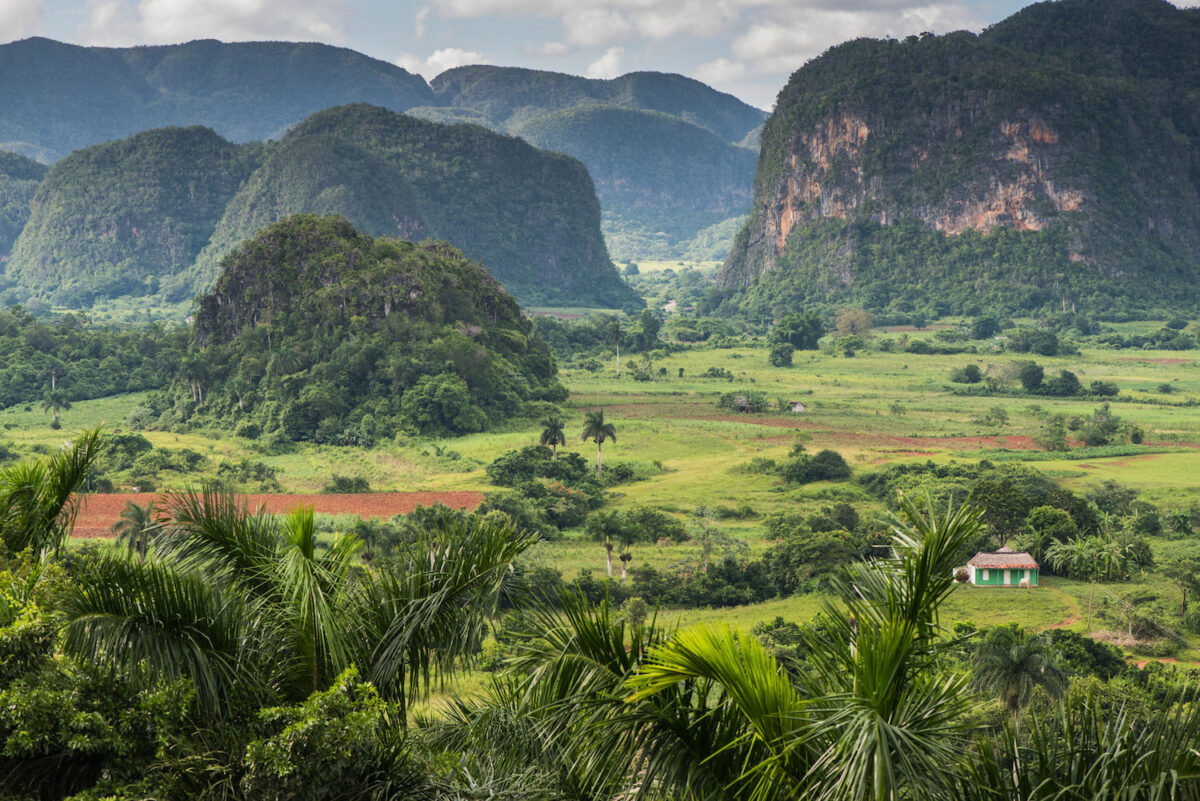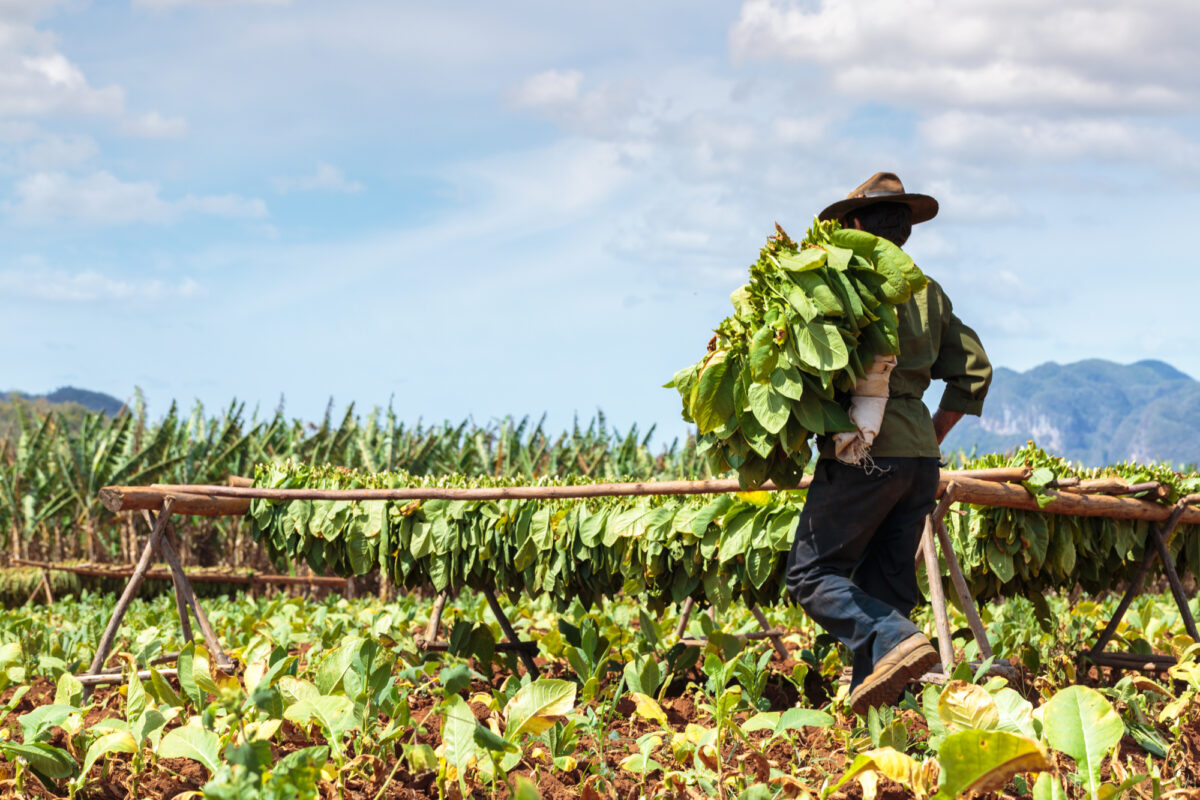Things to do in Pinar del Río and Viñales
Cuba's green and mystical valley
A trip to Pinar del Río and UNESCO-listed Viñales, one of the greenest, most laid-back parts of Cuba, makes a refreshing break from the bustle of Havana. Here's what to do in Viñales.

Highlights of Viñales
Visit Cuba's mystical valley
Simply put, there's no other place quite like Viñales on earth. The valley's flat-topped rock formations, known as mogotes, and the palm trees in the background give it an almost supernatural, mystical feel. The valley can be explored on horseback, by cycling, or by simply hiking.
Drop by the Alejandro Robaina Tobacco Plantation, the most famous and prestigious in the country, where they have been growing quality tobacco since 1845. Tours are organised daily and many horseback rides include a stop here.
If you can spare the time pay a visit to Jardín Botánico de Viñales, a formerly private garden with fragrant paths full of exotic plants, cascades of orchids, orange lilies and the odd turkey running around.
Explore Cuba’s largest cave system at the Gran Caverna de Santo Tomas, a colossal cavern that spreads across eight levels. It’s a demanding, two-hour subterranean hike taking you past crystalline pools, clouds of bats, incredible rock formations and, for good measure, a replica of a native Indian mural.
The Mural de la Prehistoria is somewhat divisive – people either love it or hate it. The 120-metre high rock painting was designed by muralist Leovigildo Gonzalez Morillo in 1961 and took four years to complete. Some say it looks gaudy and unnatural, others love how it appears to blend in with the landscape and the valley’s topography. Make your own mind up.
Beyond Viñales, in the wider Pinar del Río region, is Soroa, part of the Sierra del Rosario mountain range and dubbed “Cuba’s rainbow” with its colourful vegetation, tall trees and orchids. This is a wonderful place to explore by bike or with some moderate hiking.
Las Terrazas – 20 minutes from Soroa – is a lovely eco-village with scenic hikes, cycling trips and horseback rides along the San Juan River.
If you need some beach time, Cayo Jutías is less than an hour from Viñales with 3 km of pure white beach lapped by impossibly turquoise waters.
The busier but prettier Cayo Levisa is a more developed spot, first “discovered” by Hemingway and widely considered to be Pinar del Rio's best beach.
The paradisiac enclave of Maria La Gorda is the number one diving centre in western Cuba. The warm crystalline waters are home to no fewer than 50 different diving spots and the diving centre will equip you with all you need.
At a glance
This is Cuba’s largest province by area but one of the least populated.
Viñales was declared a UNESCO World Heritage Site in November 1999 for its unique karst landscape, indigenous architecture of thatched-roof houses, and traditional crafts and music.
Before settlement by Europeans, Viñales was inhabited by a large population of Taino people, many of whom were later enslaved to work in the region’s tobacco industry.
Birdwatchers be aware -- Viñales and Soroa are great places for spotting some wonderful birdlife. Guided birdwatching tours are available
The Viñales Valley with its craggy, jungle-clad mountains, is the number one destination in Cuba for climbing. Climbing gear can be hired in town.

Don’t judge a book by its cover
Pinar del Río is so slow-paced that Cubans often use the pejorative term pinareño to mean dim-witted. They may be the butt of the nation’s jokes but don’t confuse pinareños' laidback approach to life with foolishness; perhaps they are the real wise ones!
Need to know
The town of Viñales is quaint, safe and very small. You can easily get around by foot day and night.
Bars, banks and paladares (privately-run restaurants) are all to be found on the main street – Calle Salvador Cisneros. The village is becoming increasingly popular with tourists. If you’re looking for a more secluded experience, ask your tour operator about staying further afield in the surrounding countryside.
Most organised trips to Pinar del Río start and end in Havana, a pleasant 2.5 hour journey by car.




